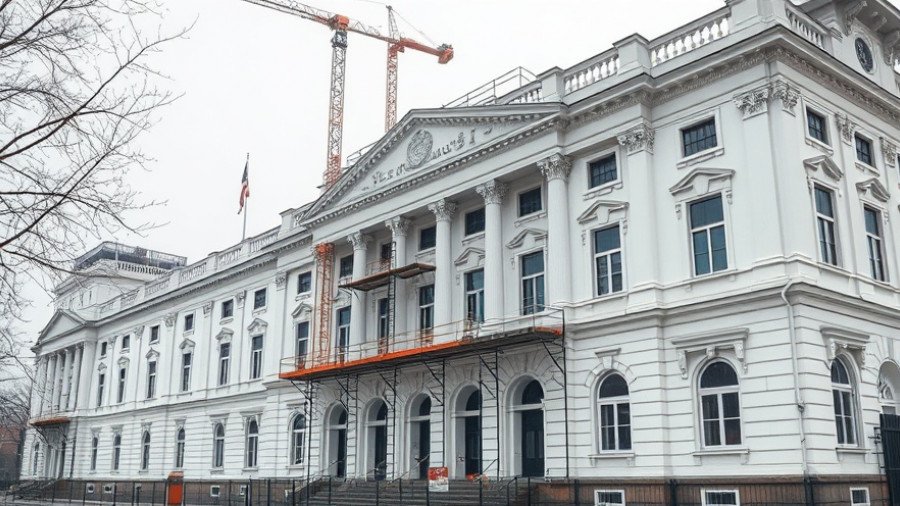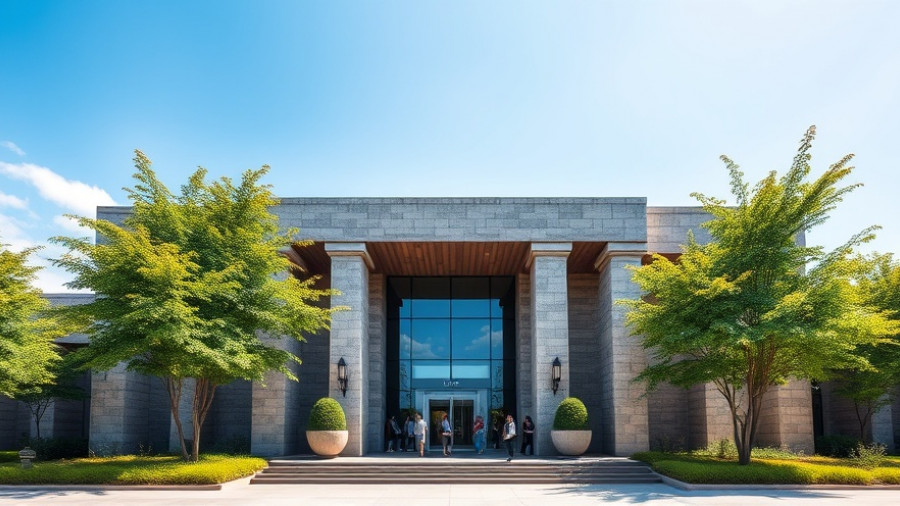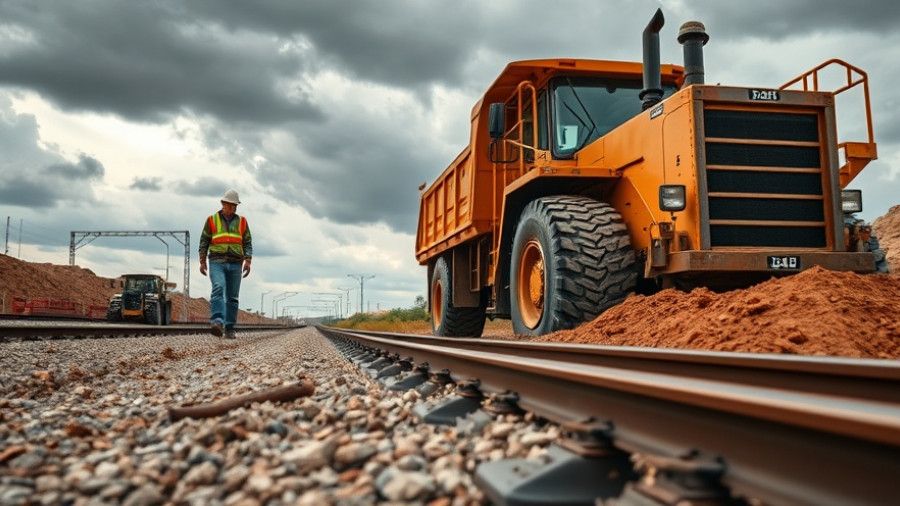
The Looming Labor Crisis in Construction
As America’s skyline evolves, a critical issue shadows the construction industry—an alarming shortage of labor. Despite significant investments in infrastructure and the burgeoning need for new housing, data centers, and clean energy facilities, the U.S. construction sector is experiencing a profound labor deficit. Current data from the U.S. Bureau of Labor Statistics indicates that around 245,000 construction jobs remain unfilled, exacerbating a situation that blends cyclical downturns with deeper, structural deficiencies.
The Impact of Policy and Education
This labor shortage can be traced to several interrelated factors. Firstly, the decline of vocational education in public schools has deprived the industry of a pipeline of skilled workers. As fewer students pursue trades, the gap between the available workforce and the industry's demands continues to widen. Combine this with the intricacies of immigration policy, which has historically bolstered the workforce in construction, and the outlook is increasingly bleak.
Younger Generations in the Workforce
Moreover, construction companies are struggling to appeal to the younger generation. As values and work styles shift, traditional recruiting methods are falling short. The industry's reliance on an aging workforce—where nearly 25% of workers are over 55—will lead to further complications as retirements outpace the influx of new talent. Innovative recruiting strategies and understanding the motivations of younger workers are crucial to bridging this gap.
Technological Assistance or a Quick Fix?
While technological advancements like robotics and prefabrication offer some hope, they cannot substitute for the human capital needed to resolve these systemic issues. As firms seek to operate efficiently and maintain schedules amid labor shortages, relying solely on machines will not provide the comprehensive solutions required. Integrating technology alongside a well-trained workforce is essential for long-term sustainability.
The Way Forward: Actionable Insights for Executives
For business owners, property developers, and facility managers, the implications of this labor crisis are significant. Strategic investment in training programs and partnerships with educational institutions can help cultivate a new generation of construction professionals. Moreover, advocating for streamlined immigration policies and workforce development initiatives can play a part in revitalizing the labor supply. The time to act is now; reconnecting with potential workers and investing in their development must become industry priorities.
Conclusion: The Call to Rebuild Our Workforce
Addressing the construction industry's labor shortage requires immediate action and collaboration across policy, education, and business sectors. It is imperative for stakeholders in construction to rally for solutions that not only recruit but also retain skilled labor. The sky may not be the limit; we must ensure we have the workforce to build it.
 Add Row
Add Row  Add
Add 




Write A Comment